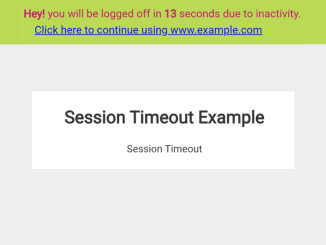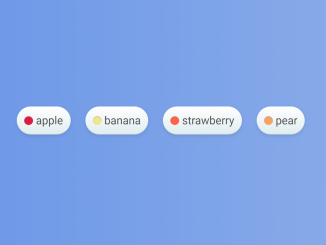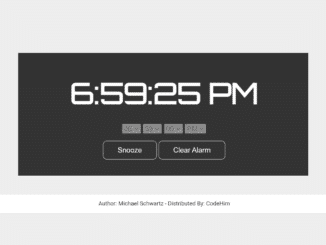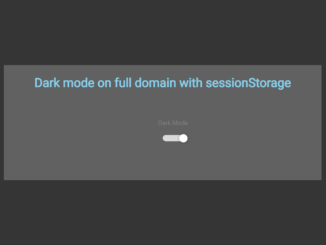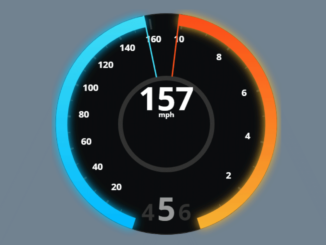
This JavaScript code snippet helps you to create a functionality to automatic logout after 15 minutes of inactivity on a webpage. It ensures enhanced security by automatically logging out users after given idle time. Using a debounce function and event listeners, it monitors user activity, resetting the session timeout accordingly.
The script also creates a notification bar, alerting users about the impending logout due to inactivity. Users can extend their session by clicking a link in the notification. Implementing this code enhances website security by proactively managing user sessions.
How to Automatic Logout After 15 Minutes Of Inactivity in JavaScript
1. Include the necessary HTML structure for your web application. Ensure your HTML file contains the required elements.
<!DOCTYPE html>
<html lang="en">
<head>
<meta charset="UTF-8">
<meta name="viewport" content="width=device-width, initial-scale=1.0">
<link rel="stylesheet" href="styles.css"> <!-- Link to your CSS file -->
<title>Your Web App</title>
</head>
<body>
<!-- Your web app content goes here -->
<script src="script.js"></script> <!-- Link to your JavaScript file -->
</body>
</html>
2. Copy the following CSS code into your styles.css file. This styling is essential for creating the session timeout notification bar.
.session-timeout-notification
{
width: 100%;
background-color: #BADA55;
border-bottom: 1px solid #000;
color: #c01065;
display: none;
padding: 4px;
position: fixed;
top: 0;
left: 0;
}
3. Copy the following JavaScript code into your script.js file. This code includes a debounce function and the SessionTimeout module to handle session timeouts and user interactions.
function debounce(func, threshold) {
var timeout;
return function() {
var context = this,
args = arguments;
if (timeout) {
clearTimeout(timeout);
}
timeout = setTimeout(function() {
func.apply(context, args);
timeout = null;
}, threshold || 250);
};
}
var SessionTimeout = (function() {
var session_duration = 10,
session_timeout_id,
logout_duration = 15, //15 minutes
session_timeout_duration = (session_duration - logout_duration) * 1000,
logout_id,
logout_timeout_duration = logout_duration * 1000,
events = 'keydown mousedown',
notification_element;
return {
init: function() {
var that = this;
document.addEventListener(events.split(' ')[0], debounce(function () {
that.handler.apply(that);
}, 500));
this.startIdleTimeout();
},
handler: function() {
// reset session timeout
clearTimeout(session_timeout_id);
this.startIdleTimeout();
},
startIdleTimeout: function () {
var that = this;
session_timeout_id = setTimeout(function () {
that.idle.apply(that);
}, session_timeout_duration);
},
idle: function() {
// create bar
notification_element = this.createTimeoutNotification();
// display bar
notification_element.style.display = 'block';
// remove events
document.removeEventListener('keydown', this.handler);
document.removeEventListener('mousedown', this.handler);
// start logout timeout
this.startLogoutTimeout();
// start logout countdown
this.startLogoutCountdown();
// add logout events
this.attachTimeoutNotificationEvents();
},
createTimeoutNotification: function() {
var notification_element = document.createElement('div');
notification_element.className = 'session-timeout-notification';
notification_element.innerHTML = [
'<strong>Hey!</strong> you will be logged off in <strong class="time">' + logout_duration + '</strong> seconds due to inactivity. ',
'<a href="#">Click here to continue using www.example.com</a>'
].join('');
document.body.appendChild(notification_element);
return notification_element;
},
removeTimeoutNotification: function() {
notification_element.style.display = 'none';
document.body.removeChild(notification_element);
},
attachTimeoutNotificationEvents: function() {
var that = this,
dismiss_element = notification_element.querySelector('a');
dismiss_element.addEventListener('click', function() {
// reset timer to prevent logout
clearTimeout(logout_id);
that.removeTimeoutNotification();
that.init();
});
},
startLogoutTimeout: function() {
var that = this;
logout_id = setTimeout(function() {
alert('REDIRECT:LOGOUT');
that.removeTimeoutNotification.apply(that);
}, logout_timeout_duration);
},
startLogoutCountdown: function(time) {
var that = this,
time = time || logout_duration - 1;
setTimeout(function() {
notification_element.querySelector('.time').innerHTML = time;
time--;
if (time > 0) {
that.startLogoutCountdown.call(that, time);
}
}, 1000);
}
};
}());
SessionTimeout.init();
Adjust the session_duration and logout_duration variables in the SessionTimeout module according to your application’s requirements. These variables represent the total session duration and the time until automatic logout, respectively.
That’s all! hopefully, you have successfully created functionality to automatically logout after a given time of inactivity on a webpage. If you have any questions or suggestions, feel free to comment below.
Similar Code Snippets:

I code and create web elements for amazing people around the world. I like work with new people. New people new Experiences.
I truly enjoy what I’m doing, which makes me more passionate about web development and coding. I am always ready to do challenging tasks whether it is about creating a custom CMS from scratch or customizing an existing system.

